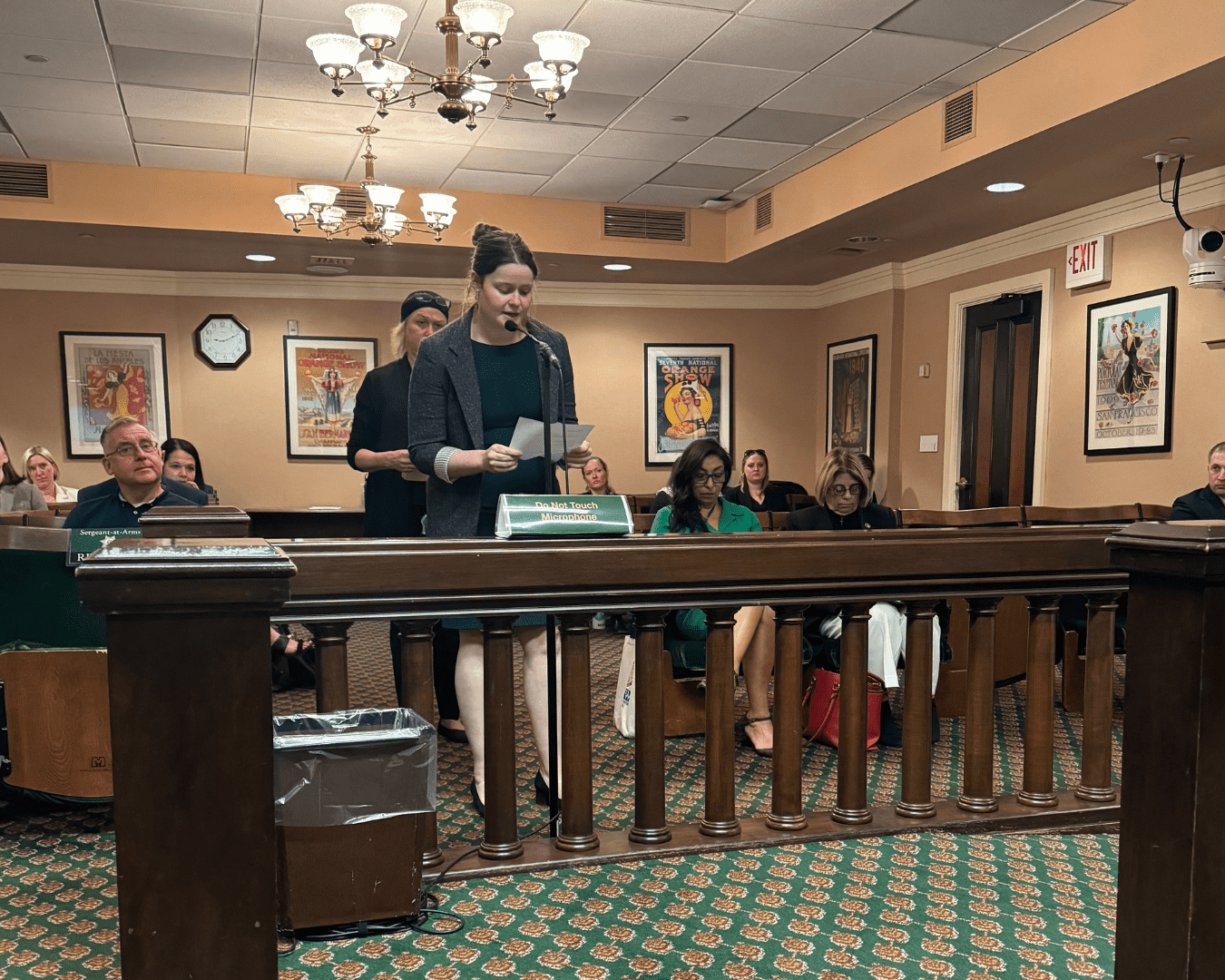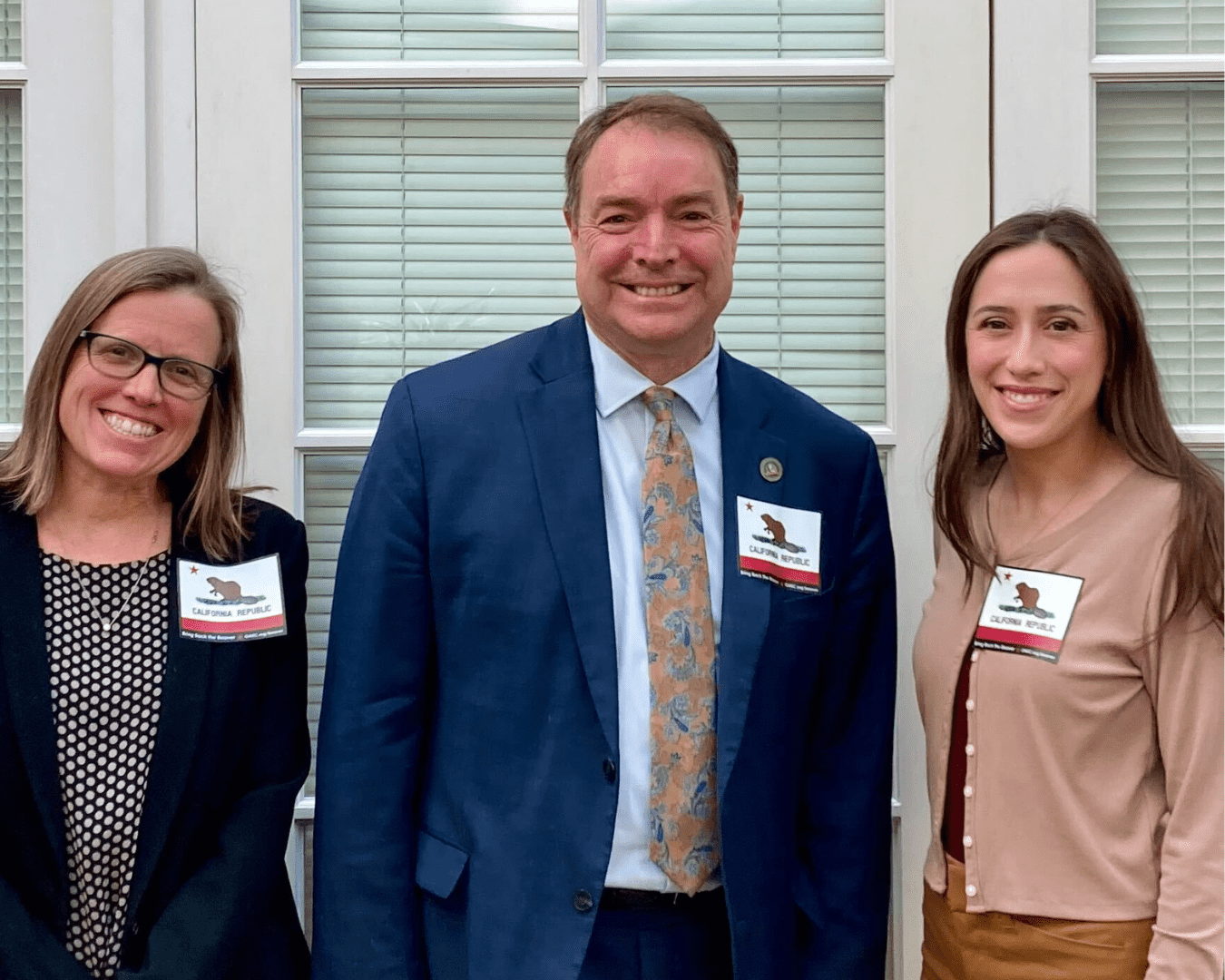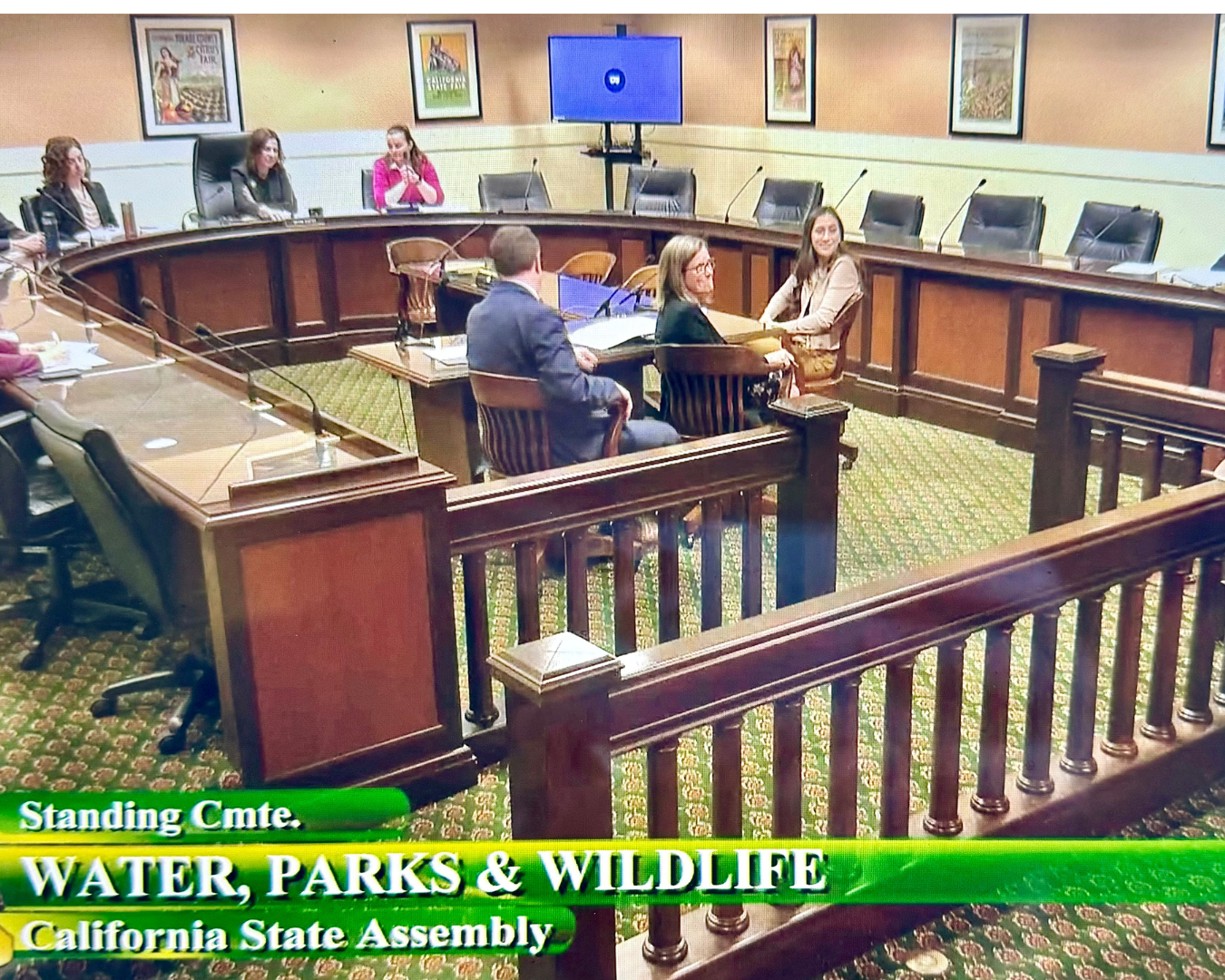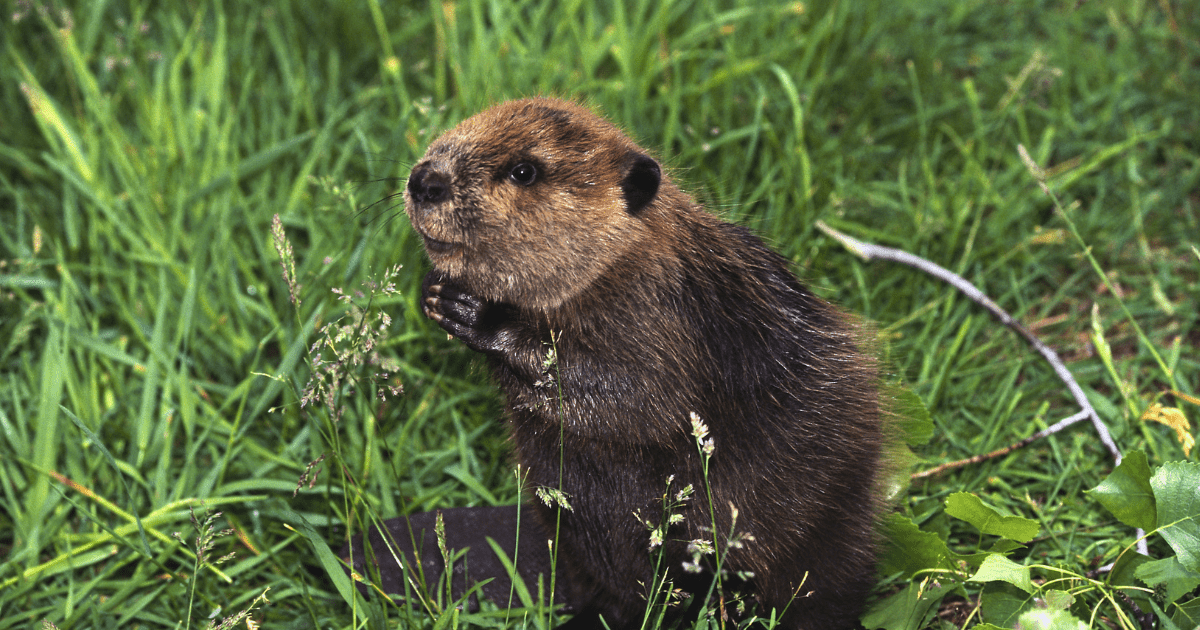Nature’s Engineers: Milestone for Beaver Restoration Will Improve California’s Watersheds
Nature's Engineers: Milestone for Beaver Restoration Will Improve California's Watersheds
California's waterways are about to get a helping hand from an unexpected ally: the North American beaver. With the recent passing of Assembly Bill (AB) 2196, authored by Assemblymember Damon Connolly and supported by CalTrout, a comprehensive program for beaver restoration throughout California's watersheds is set to begin. This innovative approach leverages nature-based solutions to promote fish and freshwater resilience, offering a beacon of hope for our aquatic ecosystems.
Beavers: More than Just Cute and Fuzzy
While beavers are admired for their sweet and adorable charm, they are powerful ecosystem engineers whose work is vital for maintaining healthy watersheds. Their dam-building activities create complex aquatic habitats, improve water quality, and increase biodiversity. By reintroducing beavers to their native historical range, we're not just bringing back a lovable species – we're deploying nature's own environmental restoration experts.



Ecosystem Engineers at Work
Once abundant in California, beaver populations were drastically reduced due to trapping and hunting. As a keystone species, their absence on the landscape has led to increased erosion, disconnected floodplains, and degraded fish habitats. AB 2196 aims to reverse this trend by supporting CDFW’s efforts in reintroducing beavers to their native habitats.
Boosting Anadromous Fish Populations
The reintroduction of beavers can be particularly positive for anadromous fish – those that migrate from the sea to freshwater to spawn. Here's how beavers can help:
- Improved Water Conditions: Beaver dams and the ponds they create cool waterways by up to 2 degrees Celsius, which is a crucial improvement in the face of climate change.
- Enhanced Water Quality: Their structures act as natural filters, improving overall water quality.
- Expanded Floodplains: Beaver activity promotes the gradual spread of water, supporting natural floodplain function and benefiting native fish and migratory birds.
With the majority of anadromous fish habitat in California's Central Valley lost, beaver reintroduction offers a cost-effective strategy to restore these vital ecosystems and support the food webs and habitat of endangered salmon and steelhead.
A Collaborative Approach
AB 2196 codifies the State’s Beaver Restoration Program, and expands the current program to allow non-CDFW staff to assist CDFW with beaver restoration. In doing so, AB 2196 emphasizes collaboration among Indigenous Tribes, NGOs, landowners, scientists, and state agencies. This inclusive approach ensures that beaver restoration is carried out with minimal disturbance and promotes coexistence between beavers and local communities.
Looking Ahead
As we face increasing challenges from climate change and drought, the implementation of AB 2196 represents a significant step towards more resilient watersheds. Through these nature-based solutions, we're investing in a more sustainable and biodiverse future for California's waterways and wildlife.
CalTrout is proud to have co-led testimony throughout several key committee hearings on the bill. We look forward to seeing the positive impacts of beaver restoration unfold across our state's watersheds in the coming years.





